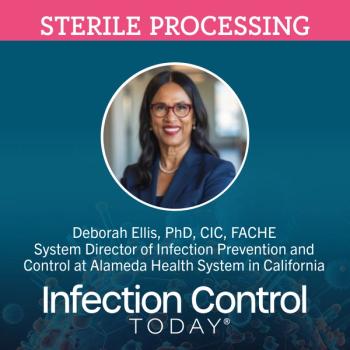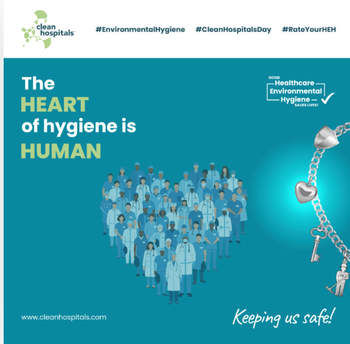
10 Tips for Publishing an Infection Control Newsletter
10 Tips for Publishing an Infection Control Newsletter
By Melba Rhodes, BSN
1. Buy the current year's issue of Health Observances & Recognition Daysfrom the American Society for Health Care Marketing and Public Relations. Call(312) 422 3737. This calendar is filled with recognition days and addresses, andphone numbers to contact the authorities or organization on the subject. Forexample: Did you know September is National Pediculosis (lice) Month?
2. Subscribe to IcEhNewsletter Listserv. Send an e-mail to
3. Organize file folders on your computer by quarters (Spring, Summer, Falland Winter). Whenever you run across a good Web site or useful information,etc., take the time to type it up and save it to the appropriate (seasonal)quarter file. Then it will be a simple cut and paste to finish off yournewsletter.
4. Feature several routine columns, which will always give you a startingpoint. For example, one column could be "Focus on the Policy." Includepolicy changes or issues that have arisen about a policy recently. It's also agood review for Joint Commission on Accreditation of Healthcare Organizations(JCAHO) surveys. Another column idea is "Safety Corner." This canrange from ergonomics on the job in the fall issue to holiday safety at home inthe winter issue to food safety in the summer issue.
5. Have a good objective statement. Use a post-test to score the reader'sknowledge after reading the newsletter. A good general objective statement is,"The objective of this newsletter is to provide accurate information onseasonable issues or diseases related to the control of infection, employeehealth and wellness and empower the employee to reduce modifiable risk factorsrelated to seasonal illness or injury and to aid the employee in makingnecessary lifestyle changes." Then simply make a list of the issues coveredin the newsletter, which allows you to substitute a newsletter for traditionalclassroom education.
6. Offer a door prize drawn from the returned post-tests, which serves toboost post-test return. The prize can be something donated by a vendor orsomething you purchase. You will find the return on your money to be well worththe expense.
7. Repeat certain seasonal items. Some subjects (such as the flu in the falland hydration tips in the summer) are so important they are worth repeating yearafter year. For the flu, you can publish the current year's vaccine informationstatement, number of flu shots given last year, number of reported reactionslast year, etc. If your newsletter is published at the same time as your TB skintest, publish post TB skin test instructions in the newsletter.
8. Subscribe to listservs like the Association of Professionals in InfectionControl and Epidemiology (APIC) and the Morbidity and Mortality Weekly Report (MMWR)to stay on top of hot topics. In addition, the MMWR is copyright-free so you cancut and paste articles with little or no editing. To subscribe to the APIC list,send an e-mail message to:
- If your browser displays the line below as an active hypertext link, simply click on the line and then "send" the message. Do not enter any message content. You will be automatically subscribed.
mailto:express@immunize.org?Subject=SUBSCRIBE
- Visit the Web site at:
http://www.immunize.org/express Click on the link that reads "Click here to subscribe automatically by email" and then send the message.
- Send an email message to
express@immunize.org Enter the word SUBSCRIBE in the "Subject" field. Do not enter any message content. You will be automatically added to the list.
9. Spell check carefully, especially with specialty words often not in theroutine spell check. Always have two or three people proof your newsletterbefore publishing it. And for that pesky mistake that always seems to make itthrough editing, offer a small door prize such as a candy bar to the firstperson who finds it. After that, you can say, "Sorry, we've already givenaway the typo door prize!"
10. Put your newsletter into columns and use a variety of fonts. Add graphicsappropriate to the subject to catch the eye. However, avoid using too manygraphics, as not every article needs one. Use a "drop cap" for thefirst word in the paragraph. Use text boxes and charts to display information(such as the rise in the number of flu shots given to employees or other datayou need to share with the entire facility). All of these tips will make yournewsletter look more professionally.
Melba Rhodes, RN, BSN, CIC, is an independent consultant and foundingmember of the Central Louisiana Infection Control Coordinators, an organizationdedicated to networking between infection control, employee health and centralsupply coordinators in central Louisiana.
Newsletter
Stay prepared and protected with Infection Control Today's newsletter, delivering essential updates, best practices, and expert insights for infection preventionists.





